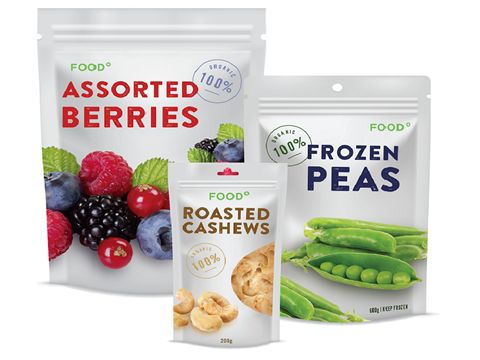
In the latest of our Sustainability Awards finalists interview series, we find out about the PIP360° tool – an easy to use on-line benchmarking tool and database that can help with package innovation, and streamline processes to improve packaging circularity. This solution has been nominated in our ‘Best Practice’ category.
Congratulations on being selected by the international judging panel as a Sustainability Awards 2020 finalist! Could you please introduce your successful entry and what’s innovative about it?
Thank you, we are thrilled about being a finalist.
The Packaging Innovation Pathway to Circularity (PIP360) is an easy-to-use, confidential online tool that measures packaging circularity across all packaging media and identifies pathways for improvement. It was developed in collaboration with over 30 members from across the packaging value chain, including municipal and federal government observers.
There are three noteworthy innovations within the PIP360. First, it deals with all packaging materials. Second, it uses actual recycling rate data for those materials -- in addition to other important measurement categories such as reduction and recycled and renewable content. Third, it is continuously evolving to align with important emerging initiatives, such as the Canada Plastics Pact and the Consumer Goods Forum Golden Design Rules.
What are the environmental challenges in packaging that your entry addresses, and what impact do you hope it will make?
Packaging waste is a global problem -- from the excess resources required to make it, to the physical waste ending up in landfill and in our ecosystems. When packages get measured, goals get tracked. PIP360 benchmarks packaging, and outlines pathways to improved circularity. Our belief is that it will positively impact sustainability leaders’ capacity to continuously improve packaging circularity as measured against internal business, industry, and regulatory goals.
I’d like to ask you about the broader picture beyond your successful entry. ‘Sustainability’ in packaging is multi-dimensional – both in terms of objectives and challenges. Could you comment on the most important roadblocks you identify from your position in the value chain, and the kinds of solutions you would like to see addressing them (e.g., areas of technological innovation, collaboration, regulation)?
The PAC Packaging Consortium represents members from across the packaging value chain. Here are three particularly important roadblocks that PAC believes must be addressed as organizations and governments strive to achieve circularity and zero waste:
- Fragmented, inconsistent waste management policy and regulation. PAC supports the harmonization of these efforts across major jurisdictions, such as the UK, US, Canada and the European Union. PAC would also be pleased to collaborate with other standards, and certification bodies, in order to achieve harmonization of the various existing assessments and certification processes.
- Investment in package design and material innovation continues to far outpace investment in recovery infrastructure. PAC continues to support design and material innovation that reduces environmental impacts, but a priority should be strategic investment in scalable technology that can improve sorting and the recycling of materials at their highest and best use.
- The need for consumer education and behaviour change: large volumes (35%) of materials are still not collected across all categories from households, and upwards of 70% of plastics are not being collected. PAC supports renewed efforts to educate consumers (especially our youth) to create a narrative around the value of the packaging and the need to recycle.














